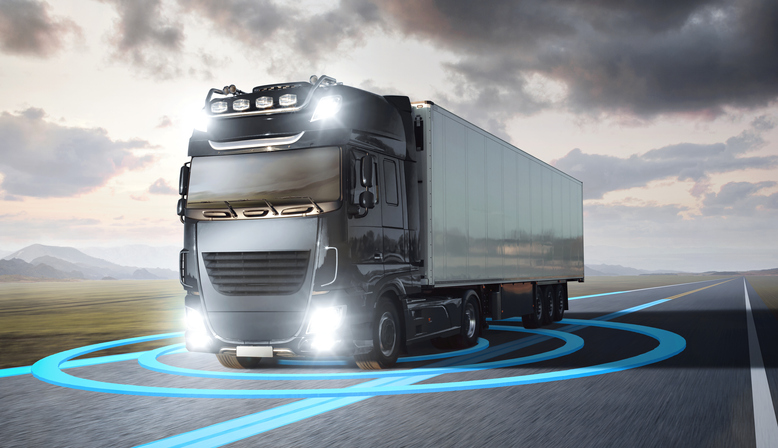New Roads: How Autonomous Vehicles Will Change Law and Insurance
The age of the driverless car has arrived. Vehicle automation is emerging in the marketplace and may come to predominate in the next decade. In this session at RIMS 2021, David Klein of Pillsbury Winthrop Shaw Pittman LLP explains the legal and insurance implications of this shift.
The argument for driverless technology is compelling. According to the National Highway Traffic Safety Administration (NHTSA), 94% of serious crashes are due to human error. In 2018, there were over 36,000 traffic fatalities, with nearly $600 billion in loss of life and lost quality of life due to injuries. Driverless cars also offer the ability to alleviate rush hours, reduce fuel consumption and emission, give time back to commuters, and offer mobility to seniors. As with any disruptive technology, however, there will be displacements. We can expect to see changes in the automotive market, insurance industry and regulatory environment.
Legal Implications
Like human drivers, autonomous vehicles will face split-second choices – for example, deciding between hitting a pedestrian or an animal. Cars will be programed to make the same choices human drivers make today and this will be a deliberate programming issue. Insurers may argue that, to the extent autonomous vehicles are programmed to make choices, those choices are intentions and, therefore, not accidents. In addition, manufacturers face the prospect of incurring liability claims that were previously assigned to human drivers when computers make the choices they were programmed to make.
Malicious hacking of these vehicles is also a risk. Liability rules will have to adapt to reflect the necessity of programming for such hard choices. The balance between individual auto insurance and liability insurance will continue shifting over time, creating legal disputes and market issues.
Autonomous vehicles drive at various levels of automation with level 1 being the lowest level of automation and level 5 being fully automated. Drivers who are in a vehicle driving in full autonomous mode (level 5) may well be able to avoid legal liability for accidents in most instances. But how will laws react when a level 4 driver collides with a level 2 driver? Will there be a presumption of liability on the part of the human driver? Will the degree of exposure depend on the allocation of driving responsibility between the driver and the autonomous system? Will variations of vehicle technology be associated with different burdens of legal proof? The law will have to adapt to reflect these permutations.
A regime of strict, but comparatively moderate, liability – something like workers’ compensation – might be created to distribute the social cost of these new risks.
Insurance Implications
Currently, the distribution of liability is driven by the commoditization of accidents. The intersection of individual responsibility and product liability will further complicate these existing market assumptions. As liability shifts from one insurance market to another, questions of fault will drive how much of the liability stream goes from one market to the other.
Manufactures of autonomous vehicles and technology will become responsible for guidance systems. System errors, or decisions that systems are programmed to make, will become liability issues. Liability policies are going to be asked to do a lot more than they are now. On the other hand, the need for traditional auto insurance will decrease. Some insurers may leave the market altogether.
As the balance shifts from people-driven vehicles to driverless vehicles, insurers may create incentives for drivers to shift as well. Rates for traditional drivers might increase considerably solely because they opt to continue driving traditional cars. On the flip side, rates for those who have autonomous vehicles may plummet. It is also possible, since autonomous vehicles could be hacked, that they be covered under some sort of cyber policy in the future.
We can expect to see carriers argue that the current policies were not intended to cover these risks. Exclusions may be added to policies and special extensions may be offered for coverage that is lacking in existing lines of coverage.


